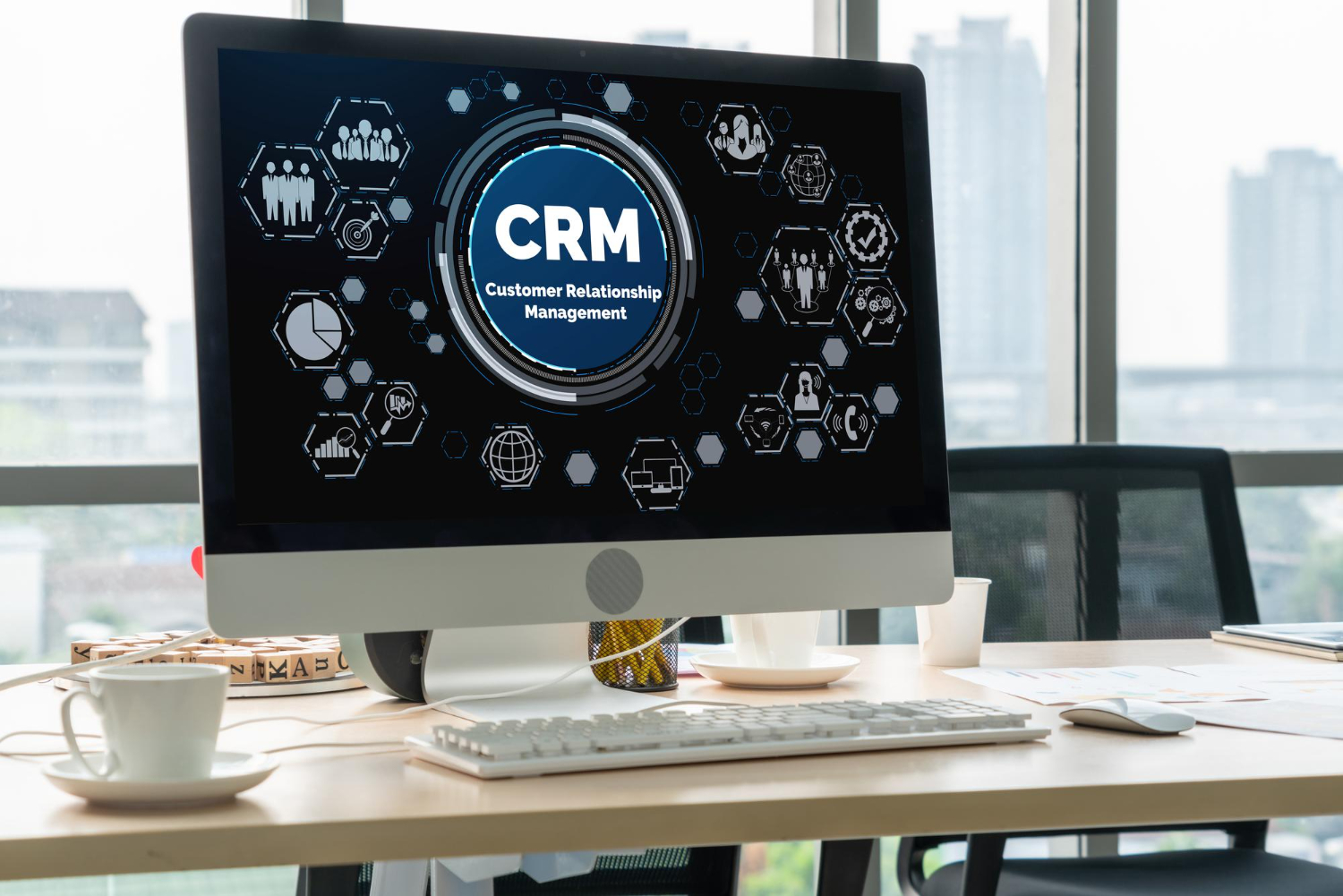Boosting Efficiency: How Content Management Systems Streamline Business Operations
In today’s fast-paced digital environment, businesses need to operate with maximum efficiency. One of the most powerful tools to achieve this is a Content Management System (CMS). With the growing demand for seamless content distribution and workflow management, businesses of all sizes are turning to CMS solutions to streamline their operations, improve productivity, and enhance their overall performance.
In this blog, we’ll explore how content management can help improve efficiency, reduce operational bottlenecks, and drive business growth.
What is a Content Management System (CMS)?
A Content Management System is a software platform that allows businesses to create, manage, and publish digital content. Whether it’s a website, blog, or internal documentation, a CMS provides a centralized hub for organizing content without requiring extensive technical expertise. Popular examples of CMS platforms include WordPress, Joomla, and Drupal.
The true value of a CMS lies in its ability to simplify complex processes, making content creation and management more accessible, efficient, and scalable.
How Content Management Systems Improve Efficiency
1. Centralized Content Management
One of the key benefits of using a CMS is that it centralizes all your content in one location. Instead of dealing with scattered files, multiple storage systems, or different versions of the same document, everything is organized and easily accessible. This means team members can quickly find, edit, or share content, reducing the time spent searching for information and eliminating duplication of work.
2. Streamlined Workflow and Collaboration
A CMS allows multiple team members to collaborate on content creation and editing in real-time. Different user roles can be assigned, ensuring that specific tasks like content drafting, editing, and publishing are handled by the right individuals at the right time. This streamlined workflow not only improves content quality but also speeds up production, keeping everyone on the same page.
For global teams, CMS platforms enable collaboration across different time zones and regions, enhancing communication and ensuring consistency in branding and messaging.
3. Automation of Routine Tasks
Content Management Systems often include automation features that can save valuable time. For instance, publishing schedules can be automated, SEO metadata can be applied consistently, and social media content can be posted directly from the CMS. By automating routine tasks, businesses can focus on more strategic initiatives and reduce the chance of human error.
4. Improved Version Control
Keeping track of content versions can be a nightmare in traditional file-based systems. A CMS provides version control, ensuring that previous iterations of content are saved and easily retrievable. This not only prevents data loss but also allows businesses to revert to earlier versions of content when needed, ensuring a smooth and reliable workflow.
5. Enhanced Accessibility
A CMS allows team members to access the platform from any location with an internet connection. This level of accessibility is crucial for businesses with remote employees or multiple office locations. With cloud-based CMS solutions, teams can collaborate from anywhere, ensuring that business operations continue seamlessly even when employees are working remotely.
6. SEO-Friendly Capabilities
A CMS provides built-in tools for optimizing content for search engines, making it easier for businesses to improve their SEO performance. Features like automated meta-tagging, SEO-focused plugins, and mobile responsiveness are integrated into most CMS platforms. This not only helps boost search engine rankings but also ensures that content is accessible to a wider audience.
7. Analytics and Insights
Many CMS platforms come with analytics tools or integrate easily with third-party analytics services. These insights allow businesses to track content performance, engagement levels, and conversion rates. With this data, businesses can make informed decisions, optimize content strategies, and improve overall efficiency based on real-time feedback.
Choosing the Right CMS for Your Business
While the benefits of content management are clear, choosing the right CMS for your business is critical. Consider factors such as:
- Scalability: Will the CMS grow with your business as your content needs expand?
- Customization: Does the CMS allow for easy customization to match your specific workflow and content strategies?
- Ease of Use: How user-friendly is the platform? Can team members with little technical knowledge navigate it effectively?
- Support and Integration: Does the CMS integrate with other tools and platforms you use, such as marketing automation software, analytics, or e-commerce systems?

“Content is where I expect much of the real money will be made on the Internet, just as it was in broadcasting.” — Bill Gates
Real-World Example: How Netflix Uses CMS for Efficiency
A prime example of a business utilizing content management for operational efficiency is Netflix. Netflix leverages its in-house CMS to manage content for its vast library of movies, TV shows, and documentaries across different regions. By using a centralized content management system, Netflix is able to streamline global operations, ensuring content is quickly localized and available to users worldwide with consistent quality and accuracy.
Conclusion
A Content Management System is much more than a tool for managing digital content. It’s a powerful solution that streamlines workflows, enhances collaboration, and improves overall operational efficiency. As businesses continue to navigate an increasingly digital and content-driven world, the need for effective content management has never been more critical.
By adopting a CMS tailored to your specific needs, you can unlock new levels of productivity, minimize bottlenecks, and create a more agile and responsive organization.


